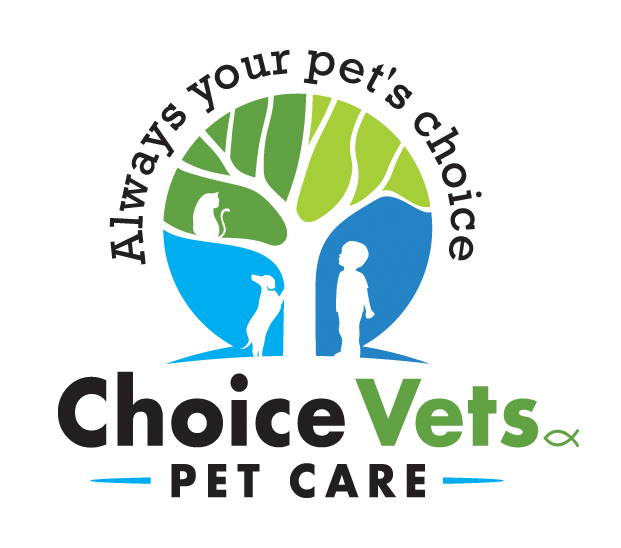Library
-
An aural hematoma is a collection of blood between the cartilage and skin of the ear flap. It is most likely caused by trauma but can also be due to a bleeding disorder. If an underlying cause is determined such as infection, this needs to be treated as well. Hematomas may eventually resolve on their own, but there is a risk of permanent damage and they are painful, so prompt treatment is recommended.
-
An aural hematoma is a collection of blood between the cartilage and skin of the ear flap. It is most usually caused by trauma but can also be due to a bleeding disorder. Hematomas in dogs can be treated in different ways but should be treated early to minimize pain and disfigurement. If an underlying cause is determined such as otitis externa, this needs to be treated as well. Hematomas may eventually resolve on their own, but there is a risk of cauliflower ear and they are painful, so prompt treatment is recommended.
-
Hemophilia A and B are clotting disorders involving a deficiency of a specific clotting factor (A: Factor VIII, B: Factor IX) needed for appropriate homeostasis. They are caused by a sex-linked recessive genetic mutation. Affected dogs will show inappropriate hemorrhage including bruising, lameness induced by bleeding into joints and body cavity hemorrhage. It can be diagnosed with a slow APTT and demonstrating low levels of the factor involved. Hemophilia A is more common than B and is generally, more severe. Because it is sex-linked recessive, males are more likely to be affected than females but females still act as carriers, so genetic screening is important prior to breeding to prevent this disease.
-
Hepatic encephalopathy is a neurologic condition in cats and dogs that is caused by an underlying liver condition. It can cause lethargy, seizures, problems with balance and coordination, and coma. Common causes, methods to diagnose the condition, and its treatment options are explained in this handout.
-
Hepatic lipidosis, also known as fatty liver syndrome, is unique to cats and is one of the most common liver diseases seen in cats. Usually a cat with hepatic lipidosis has recently gone through a period of anorexia (little or no eating) for 3 to 4 consecutive days. Diagnosis of hepatic lipidosis is made from blood tests that demonstrate poor liver function and/or from a liver biopsy or fine needle aspirate. Hepatic lipidosis is treatable with aggressive nutritional support until a normal appetite returns. Treating the underlying initial cause of the inappetence is also essential for full recovery.
-
This handout explains hepatic microvascular dysplasia, a condition where microscopic blood vessels within the liver are underdeveloped or absent, resulting in decreased blood flow to the liver. As a result, the liver is less capable of dealing with toxins or producing the vital proteins needed for good health. Methods to diagnose the condition and its treatment options are also explained.
-
Hepatozoonosis in dogs is caused by ingestion of one of two organisms: H. americanum and H. canis. Both parasites are more common in the southern United States. The clinical sign and treatments for dogs with hepatozoonosis differ depending on the parasite species causing the infection. In either case, with appropriate treatment, the prognosis is generally good.
-
Canine herpesvirus, or canine herpes, is a systemic, often fatal disease of puppies caused by the canine herpes virus. It may remain latent in tissues after a dog is infected and may be passed on to other dogs, particularly to fetuses developing in the mother's uterus. Clinical signs in puppies include difficulty breathing, nasal discharge, anorexia, soft stools, crying, seizures, and sudden death. Symptoms in adult dogs include coughing and sneezing, miscarriage, lesions on the external genitalia, conjunctivitis, and corneal ulcers. The disease may be prevented by avoiding contact with infected dogs. Pregnant dogs should be isolated to prevent infection.
-
Feline viral rhinotracheitis (FVR) is an infectious disease caused by feline herpesvirus type-1. It is a major cause of upper respiratory disease in cats and is the most common cause of conjunctivitis. The typical symptoms of FVR involve the nose, throat, and eyes, and include sneezing, nasal congestion, conjunctivitis, excessive blinking, squinting, and discharges from the eyes and nose that range from clear and watery to thick and purulent (containing yellow/green pus). Treatment consists of supportive care, hydration of the environment, and control of secondary bacterial infections with antibiotics and antibiotic eye medications. An effective vaccine exists and is recommended for all cats.
-
Hiatal hernia refers to the protrusion of the abdominal contents into the chest cavity through the esophageal hiatus of the diaphragm. In most veterinary patients hiatal hernias appear to be congenital. Diagnosis is based on medical history, clinical signs, and X-rays (radiographs).


